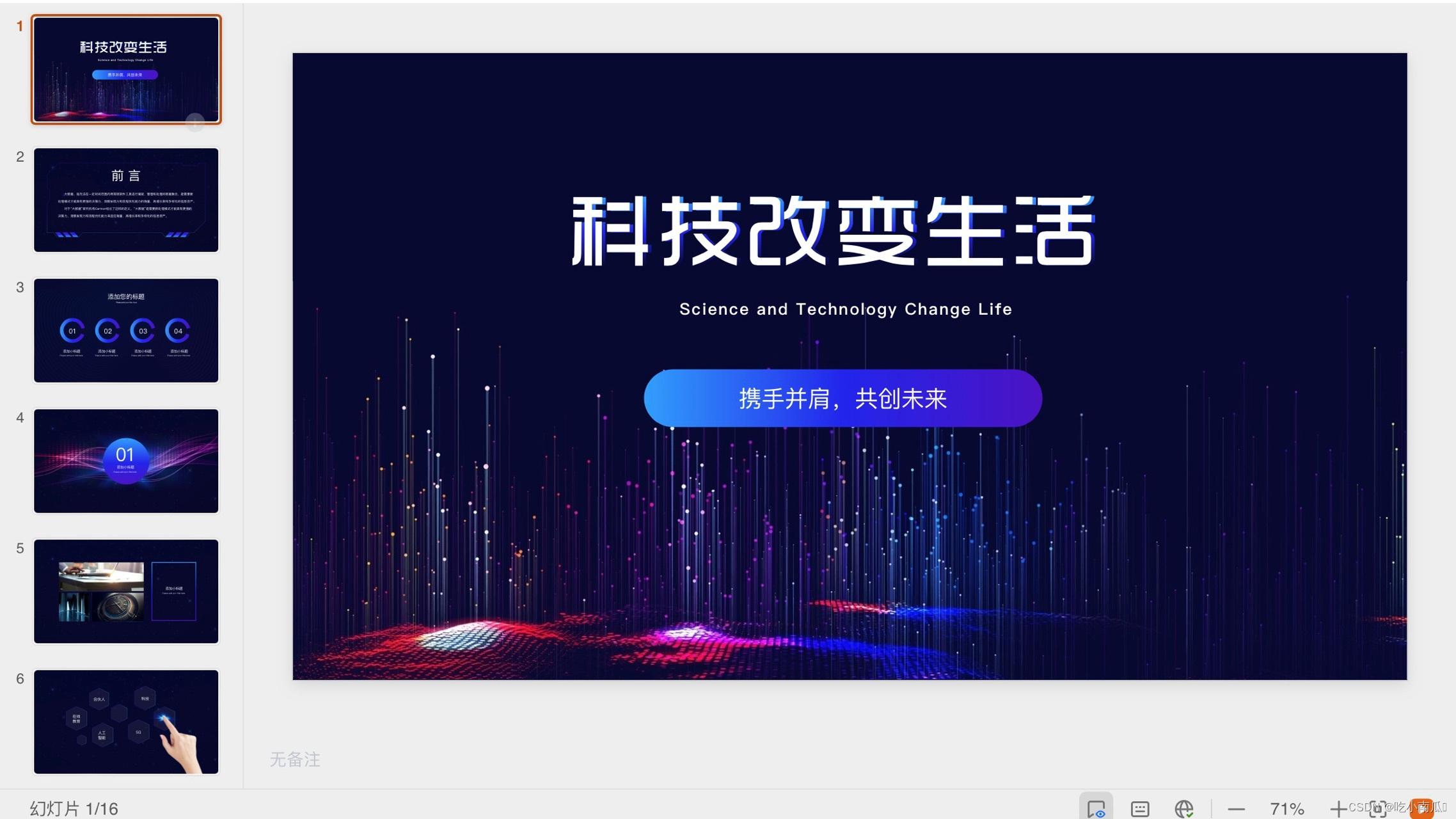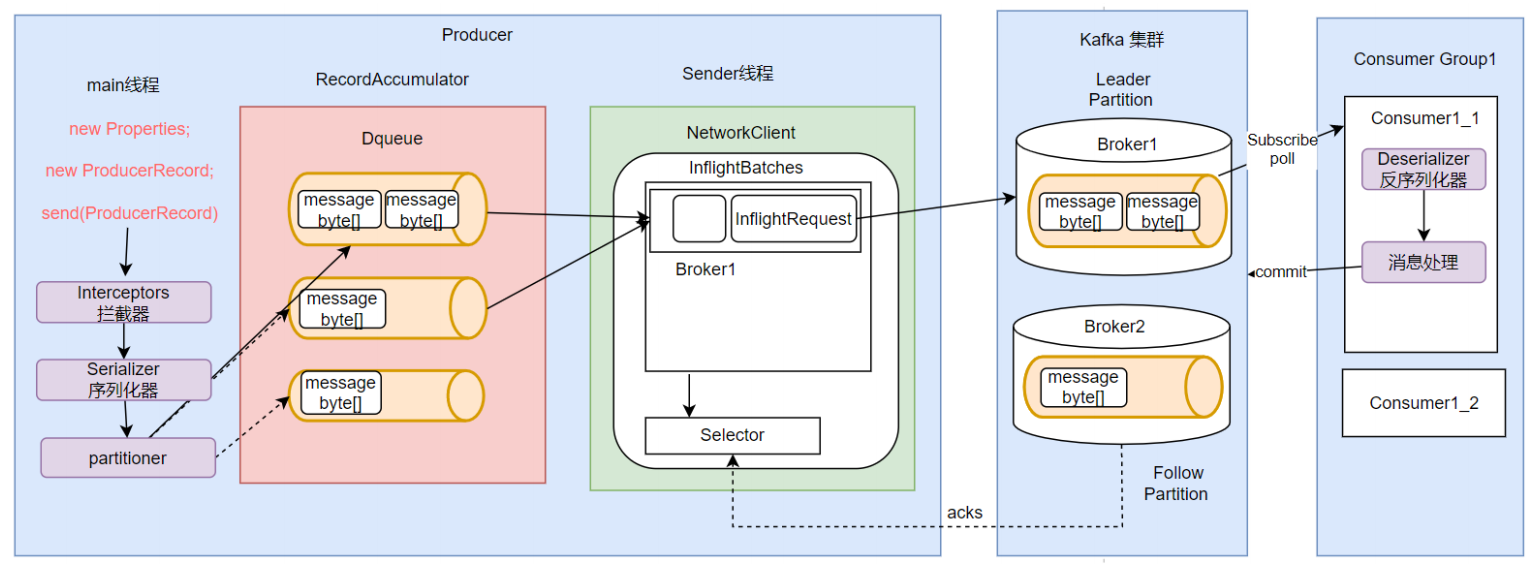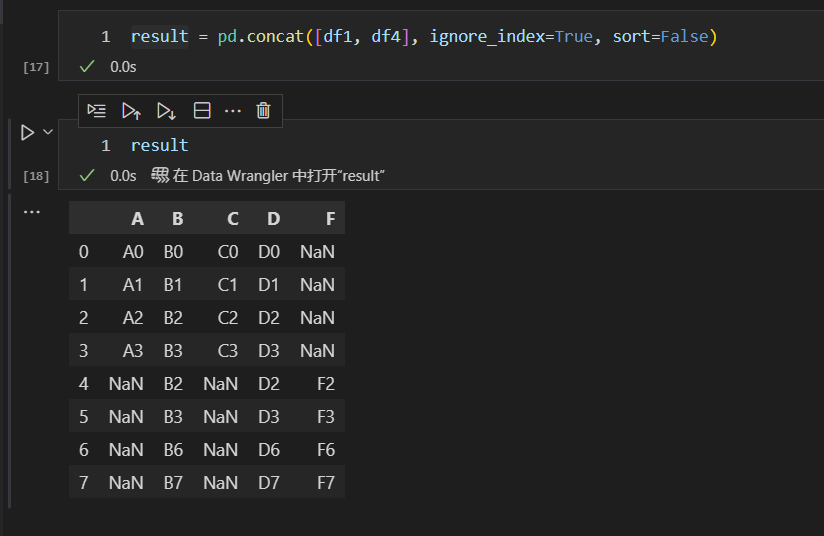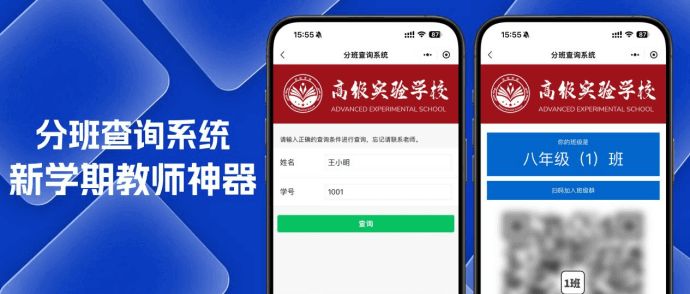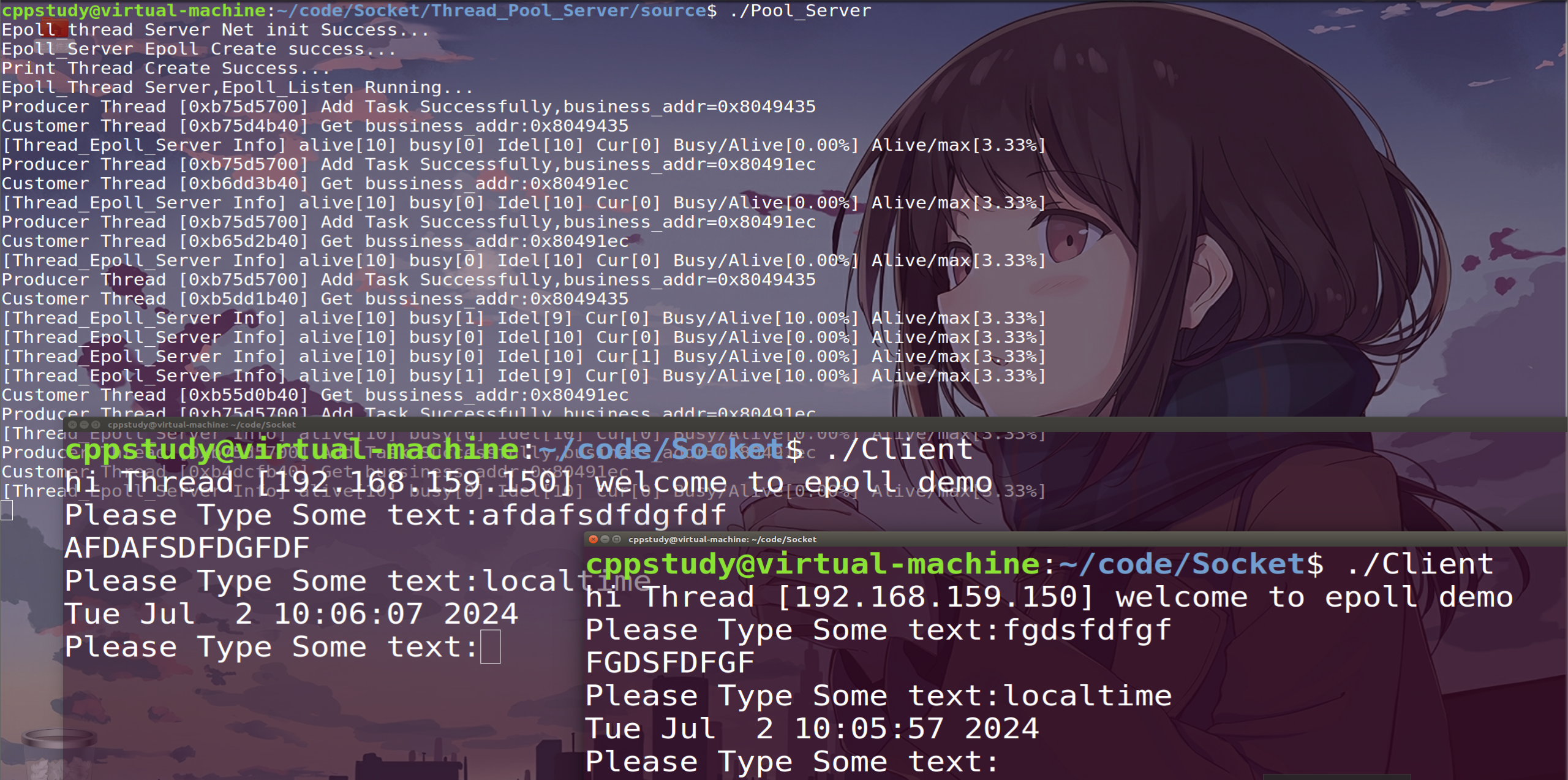文章目录
- 前言
- 一、框架简介
- 二、环境搭建与安装
- 1.net core和.net5/.net6/.net7/.net8/.net9环境
- 2.net framework4.6+ 环境
- 三、环境搭建与安装
- 1.对象说明
- 2.原生模式:SqlSugarClient
- 3.单例模式:SqlSugarScope
- 4.多库用法
- 5.连接参数
- 四、实体类映射
- 1.实体使用自带特性
- 2.实体使用自定义特性
- 3.迁移建表
- 4.生成实体
- 五、基础CRUD操作
- 1.基础查询
- 2.基础插入
- 3.基础更新
- 4.基础删除
- 六、事务管理
- 1.单库事务
- 2.多库事务(可跨库)
前言
SqlSugar 是一款 老牌 .NET开源ORM框架,由果糖大数据科技团队维护和更新 ,开箱即用最易上手的ORM 。
一、框架简介
SqlSugar 是一款 老牌 .NET开源ORM框架,由果糖大数据科技团队维护和更新 ,开箱即用最易上手的ORM
优点 :【生态丰富】【高性能】【超简单】 【功能全面】 【多库兼容】【适合产品】 【SqlSugar视频教程】
支持 :.net framework .net core3.1 .ne5 .net6 .net7 .net8 .net9
特色 :拥有全球最活跃的ORM线上论坛,比EF还要活跃,交流群人数已超过万人 ,技术支持快,口碑好。
开源 :10年开源信誉值得信赖,从不搞收费,文档也全免费(MIT开源协议)
数据库支持:
EF Core的数据库驱动是不同公司开发,函数、建表标准不统一后期换库成本比较高
SqlSugar花了8年多时间完善中间标准真正的多库ORM,只需要改一下DbType就完成了切换数据库

二、环境搭建与安装
1.net core和.net5/.net6/.net7/.net8/.net9环境
安装SqlSugarCore

安装完就可以写代码了
2.net framework4.6+ 环境
安装SqlSugar

安装完就可以写代码了
三、环境搭建与安装
1.对象说明
我们可以通过SqlSugarClient 或者SqlSugarScope 来操作数据库 ,API都一样只是模式不同
- SqlSugarClient 原生模式访问数据库
- SqlSugarScope 单例模式访问数据库

2.原生模式:SqlSugarClient
SqlSugarClient 每次请求new一个新对象,db禁止跨上下文使用,IOC建议用Scope或者瞬发注入
using SqlSugar;
//创建数据库对象 (用法和EF Dappper一样通过new保证线程安全)
SqlSugarClient Db = new SqlSugarClient(new ConnectionConfig()
{
ConnectionString = "datasource=demo.db",
DbType = DbType.Sqlite,
IsAutoCloseConnection = true
},
db => {
db.Aop.OnLogExecuting = (sql, pars) =>
{
//获取原生SQL推荐 5.1.4.63 性能OK
Console.WriteLine(UtilMethods.GetNativeSql(sql, pars));
//获取无参数化SQL 对性能有影响,特别大的SQL参数多的,调试使用
//Console.WriteLine(UtilMethods.GetSqlString(DbType.SqlServer,sql,pars))
};
//注意多租户 有几个设置几个
//db.GetConnection(i).Aop
});
//建库
Db.DbMaintenance.CreateDatabase();//达梦和Oracle不支持建库
//建表(看文档迁移)
Db.CodeFirst.InitTables<Student>(); //所有库都支持
//查询表的所有
var list = Db.Queryable<Student>().ToList();
//插入
Db.Insertable(new Student() { SchoolId = 1, Name = "jack" }).ExecuteCommand();
//更新
Db.Updateable(new Student() { Id = 1, SchoolId = 2, Name = "jack2" }).ExecuteCommand();
//删除
Db.Deleteable<Student>().Where(it => it.Id == 1).ExecuteCommand();
//实体与数据库结构一样
public class Student
{
//数据是自增需要加上IsIdentity
//数据库是主键需要加上IsPrimaryKey
//注意:要完全和数据库一致2个属性
[SugarColumn(IsPrimaryKey = true, IsIdentity = true)]
public int Id { get; set; }
public int? SchoolId { get; set; }
public string? Name { get; set; }
}
原生模式使用IOC:
Scope我们需要用SqlSugarClient
//注册上下文:AOP里面可以获取IOC对象,如果有现成框架比如Furion可以不写这一行
services.AddHttpContextAccessor();
//注册SqlSugar用AddScoped
services.AddScoped<ISqlSugarClient>(s =>
{
//Scoped用SqlSugarClient
SqlSugarClient sqlSugar = new SqlSugarClient (new ConnectionConfig()
{
DbType = SqlSugar.DbType.Sqlite,
ConnectionString = "DataSource=sqlsugar-dev.db",
IsAutoCloseConnection = true,
},
db =>
{
//每次上下文都会执行
//获取IOC对象不要求在一个上下文
//var log=s.GetService<Log>()
//获取IOC对象要求在一个上下文
//var appServive = s.GetService<IHttpContextAccessor>();
//var log= appServive?.HttpContext?.RequestServices.GetService<Log>();
db.Aop.OnLogExecuting = (sql, pars) =>
{
};
});
return sqlSugar;
});
//用接口接收
public class(ISqlSugarClient db)
3.单例模式:SqlSugarScope
AddSingleton 我们需要用SqlSugarScope单例对象
//注册上下文:AOP里面可以获取IOC对象,如果有现成框架比如Furion可以不写这一行
services.AddHttpContextAccessor();
//注册SqlSugar
services.AddSingleton<ISqlSugarClient>(s =>
{
SqlSugarScope sqlSugar = new SqlSugarScope(new ConnectionConfig()
{
DbType = SqlSugar.DbType.Sqlite,
ConnectionString = "DataSource=sqlsugar-dev.db",
IsAutoCloseConnection = true,
},
db =>
{
//每次上下文都会执行
//获取IOC对象不要求在一个上下文
//var log=s.GetService<Log>()
//获取IOC对象要求在一个上下文
//var appServive = s.GetService<IHttpContextAccessor>();
//var log= appServive?.HttpContext?.RequestServices.GetService<Log>();
db.Aop.OnLogExecuting = (sql, pars) =>
{
};
});
return sqlSugar;
});
//用接口接收
public class(ISqlSugarClient db)
4.多库用法
var db = new SqlSugarClient(new List<ConnectionConfig>()
{
new ConnectionConfig()
{
ConfigId="0",DbType=DbType.SqlServer,ConnectionString=..,IsAutoCloseConnection=true
},
new ConnectionConfig()
{
ConfigId="1",DbType=DbType.MySql,ConnectionString=..,IsAutoCloseConnection=true
}
});
var childA=db.GetConnection("A");
var childB=db.GetConnection("B");
5.连接参数
SqlSugarClient是通过ConnectionConfig进行传参数详细参数如下

四、实体类映射
1.实体使用自带特性
[SugarTable("dbstudent")]//当和数据库名称不一样可以设置表别名 指定表明
public class Student
{
[SugarColumn(IsPrimaryKey = true, IsIdentity = true)]//数据库是自增才配自增
public int Id { get; set; }
public int? SchoolId { get; set; }
[SugarColumn(ColumnName ="StudentName")]//数据库与实体不一样设置列名
public string Name { get; set; }
}
2.实体使用自定义特性
SqlSugarClient db = new SqlSugarClient(new ConnectionConfig()
{
ConnectionString = Config.ConnectionString,
DbType = DbType.SqlServer,
IsAutoCloseConnection = true,
ConfigureExternalServices = new ConfigureExternalServices()
{
EntityService = (property, column) =>
{
var attributes = property.GetCustomAttributes(true);//get all attributes
if (attributes.Any(it => it is KeyAttribute))// by attribute set primarykey
{
column.IsPrimarykey = true; //有哪些特性可以看 1.2 特性明细
}
//可以写多个,这边可以断点调试
// if (attributes.Any(it => it is NotMappedAttribute))
//{
// column.IsIgnore= true;
//}
},
EntityNameService = (type, entity) =>
{
var attributes = type.GetCustomAttributes(true);
if (attributes.Any(it => it is TableAttribute))
{
var attr=(attributes.First(it=>it is TableAttribute) as TableAttribute);
entity.DbTableName = attr.Name;
}
}
}
});
[Table("student")]
//[SugarTable("student")]
public class MyStudent
{
[Key]
//[SugarColumn(IsPrimaryKey =true)]
public string Id { get; set; }
public string Name { get; set; }
}
3.迁移建表
public class CodeFirstTable1
{
[SugarColumn(IsIdentity = true, IsPrimaryKey = true)]
public int Id { get; set; }
public string Name { get; set; }
//ColumnDataType 一般用于单个库数据库,如果多库不建议用
[SugarColumn(ColumnDataType = "Nvarchar(255)")]
public string Text { get; set; }
[SugarColumn(IsNullable = true)]//可以为NULL
public DateTime CreateTime { get; set; }
}
//建表
db.CodeFirst.SetStringDefaultLength(200).InitTables(typeof(CodeFirstTable1));
4.生成实体
//.net6以下
db.DbFirst.IsCreateAttribute().CreateClassFile("c:\\Demo\\1", "Models");
//.net6以上 string加?
db.DbFirst.IsCreateAttribute().StringNullable().CreateClassFile("c:\\Demo\\1", "Models");
五、基础CRUD操作
1.基础查询
查所有
List<Student> list=db.Queryable<Student>().ToList()
//select * from Student
查询总数
int count=db.Queryable<Student>().Count()
//select count(1) from Student
按条件查询
db.Queryable<Student>().Where(it=>it.Id==1).ToList()
//select * from Student where id=1
2.基础插入
//返回插入行数
db.Insertable(insertObj).ExecuteCommand(); //都是参数化实现
//异步: await db.Insertable(insertObj).ExecuteCommandAsync()
//插入返回自增列 (实体除ORACLE外实体要配置自增,Oracle需要配置序列)
db.Insertable(insertObj).ExecuteReturnIdentity();
//异步: await db.Insertable(insertObj).ExecuteReturnIdentityAsync();
3.基础更新
//根据主键更新单条 参数 Class
var result= db.Updateable(updateObj).ExecuteCommand();//实体有多少列更新多少列
4.基础删除
//单个实体
db.Deleteable<Student>(new Student() { Id = 1 }).ExecuteCommand();
六、事务管理
1.单库事务
单库事务是针一个db操作执行的事务,无论是 ISqlSugarClient和 SqlSugarClient 用法都一样
try
{
db.Ado.BeginTran();
db.Insertable(new Order() { .....}).ExecuteCommand();
db.Insertable(new Order() { .....}).ExecuteCommand();
db.Ado.CommitTran();
}
catch (Exception ex)
{
db.Ado.RollbackTran();
throw ex;
}
2.多库事务(可跨库)
多数据库事务是SqlSugar独有的功能,稳定比CAP更强(CAP还有一层队列),在单个程序中可以很愉快的使用多库事务
SqlSugarClient或者SqlSugarSope 继承于2个接口 ,代码如下事务
SqlSugarClient : ISqlSugarClient, ITenant
多租户声明
SqlSugarClient db = new SqlSugarClient(new List<ConnectionConfig>()
{
new ConnectionConfig()
{ ConfigId="0", DbType=DbType.SqlServer,ConnectionString=..,IsAutoCloseConnection=true},
new ConnectionConfig()
{ ConfigId="1", DbType=DbType.MySql,ConnectionString=..,IsAutoCloseConnection=true}
});
简单的说多租户事务和单库事务用法基本100%一致,唯一区别就是少了.Ado
db.Ado.BeginTran//单库
db.BeginTran //多库事务
db.AsTenant().BeginTran()//多库事务 一般是接口ISqlSugarClient使用
SqlSugarClient事务
因为继承 ITenant 了可以直接使用 (老版本var mysql=db.GetConnection要写在事务外面)
db.Ado.BeginTran//单库
db.BeginTran //多库事务
db.AsTenant().BeginTran()//多库事务 一般是接口ISqlSugarClient使用
“笑对人生,智慧同行!博客新文出炉,微信订阅号更新更实时,等你笑纳~”



